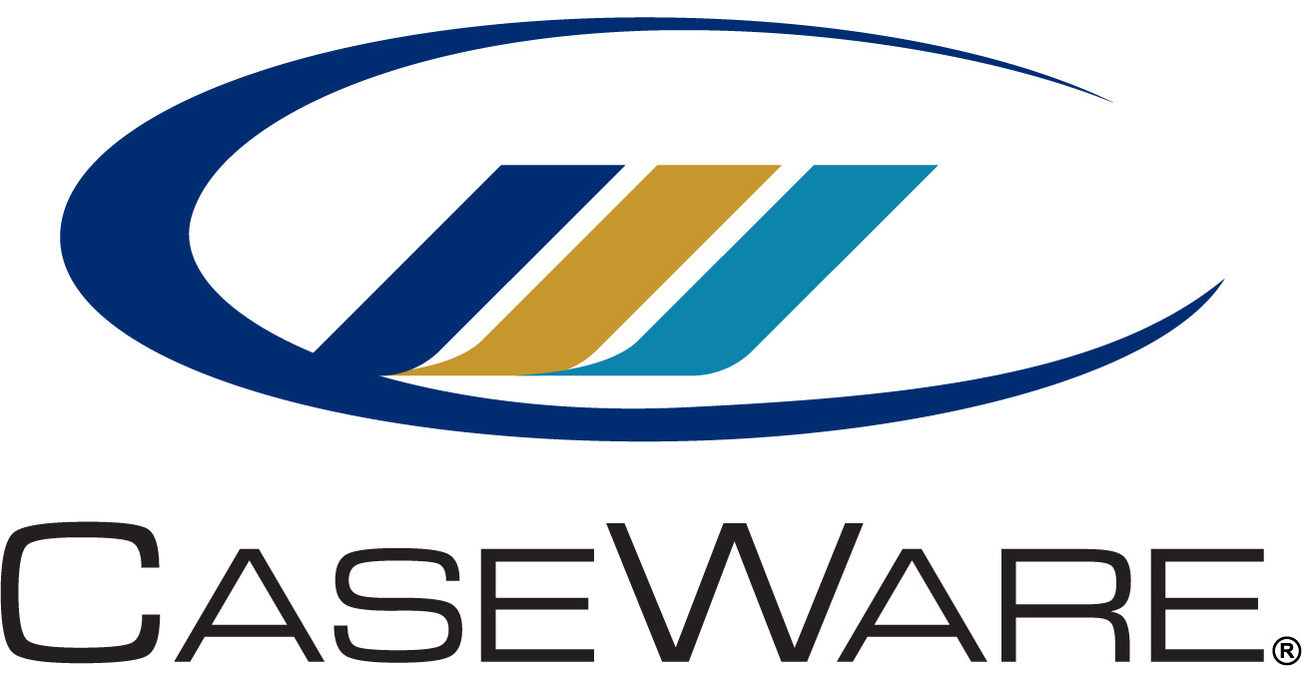Sample Post: A Cashless Society and the Impact of Cryptocurrency
by Amanda Spencer, Partner and Researcher

This piece is a final version sample of the outlining format described in our post about how to write an outline.
The past few years have seen a steady decrease in transactions using cash: in 2019, global non-cash transactions grew by more than 14 percent year-over-year, and in 2020, as COVID-19 spread, people and businesses around the world increasingly looked for non-cash payment options. And while some of these options were truly contactless, there are still risks associated with any transaction that involves contact with a physical credit or debit card, with a payment terminal, or with a pin pad.
COVID-19 has prompted many people to think about going cashless. But what does “cashless” actually mean? In a truly cashless society, there would be no cash. Every transaction would happen digitally. There would be no way to keep purchases secret by using cash instead of cards, and there would be no way to avoid paying tax on earnings, such as cash tips, that might otherwise go unreported.
Related to this growing interest in going cashless are the many recent developments in blockchain, and the cryptocurrencies that they host. A blockchain is a database that stores records of digital transactions. These records are public, transparent, and permanent: once a record is stored on a blockchain, it cannot be deleted, only updated. Keeping secure transaction records, and ensuring they’re visible to all parties in the transaction, is essential to exchanging a purely digital currency.
But while there have been steady advances in the technology, there are still lots of questions about how going cashless will affect cryptocurrencies, including questions around open data, privacy, and compliance.
About Open Data
Open data is accessible to everyone. It can (and should!) be shared and distributed freely, and it should not be anonymous. Open data is a key part of how technologies (such as blockchain) gain acceptance: when the principles of open data are followed, it leads to increased trust and greater adoption.
What happens without proper administration and operations? Consider Bitcoin, the first cryptocurrency. Like other major cryptocurrencies, Bitcoin’s structure and approach is not entirely transparent. There is a nod to the “open” nature of blockchain: decisions are made by the bitcoin community, including core developers, coin miners, business organizations, and users. But while this sounds ideal, in reality, decisions are centralized, and involve only a few parties. They aren’t truly open or accessible.
Why is this significant? Without transparent operations and oversight, Bitcoin has become a favorite of hackers and online criminals: in 2019, it was estimated that 98 percent of ransomware attacks demanded payment in Bitcoin.
About Privacy
One of the cornerstones of how blockchain works is that every transaction is public. But that doesn’t mean that the details are similarly public: most cryptocurrency transactions, for example, are not entirely transparent, and they’re not entirely anonymous either. Bitcoin and other cryptocurrencies do take steps to preserve the privacy of users, but every transaction leaves traces. This becomes even more significant when you consider that some cryptocurrency transactions will necessarily involve sending or receiving funds from an entity that knows who you are. At that point, your identity will be tied to a transaction. If you’ve taken steps to stay anonymous online, it won’t be easy to identify you. But it won’t be impossible either.
This state of affairs isn’t likely to last. As governments around the world embrace blockchain technology, the calls for governance are mounting. In the scope of cryptocurrency, it’s likely that “know your customer” banking regulations will make anonymous transactions impossible.
About Compliance
Traditional banking systems often face challenges complying with changing regulations, in particular KYC (know your customer) and AML (anti-money laundering) regulations. But because they are recorded on blockchains, records of cryptocurrency transactions are transparent, immutable, and easily traceable. Activity can be tracked in real time, and at levels of detail that are highly specific. And since blockchain makes it possible to store financial data in a single secure database, rather than in institutional siloes, it’s much easier to identify fraudulent transactions.
This also offers significant benefits for individuals. In an era when data breaches have become common, blockchain gives people control over their data, how it is used, and who has access to it. Blockchain also makes it easier for individuals who might have difficulty accessing the traditional financial system—such as people without stable housing or refugees without government-issued identification—to obtain banking services.
So, what’s needed to make a truly cashless society possible? Government involvement, and taking payment processing away from financial institutions. Imposing this type of government oversight and compliance wouldn’t only make financial services more accessible, it would also help limit corruption: with true transparency in the movement of money, the scope for bribery or organized financial crimes would be drastically reduced.
While there are still lots of questions about the transition to a cashless society, it’s unlikely that this progress will be halted any time soon. To explore more trends in cryptocurrency, please visit The Blockchain Association of Canada.
photo credit: wuestenigel Medical face mask with golden Bitcoin on black background via photopin (license)
All PostsSome
Clients


















































LET’S TALK!
HeadStart is an extension of your team to help you finish your content projects. Call 1.416.712.4440 or contact us.


